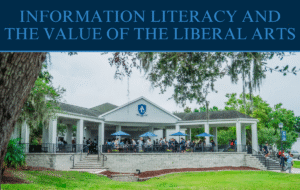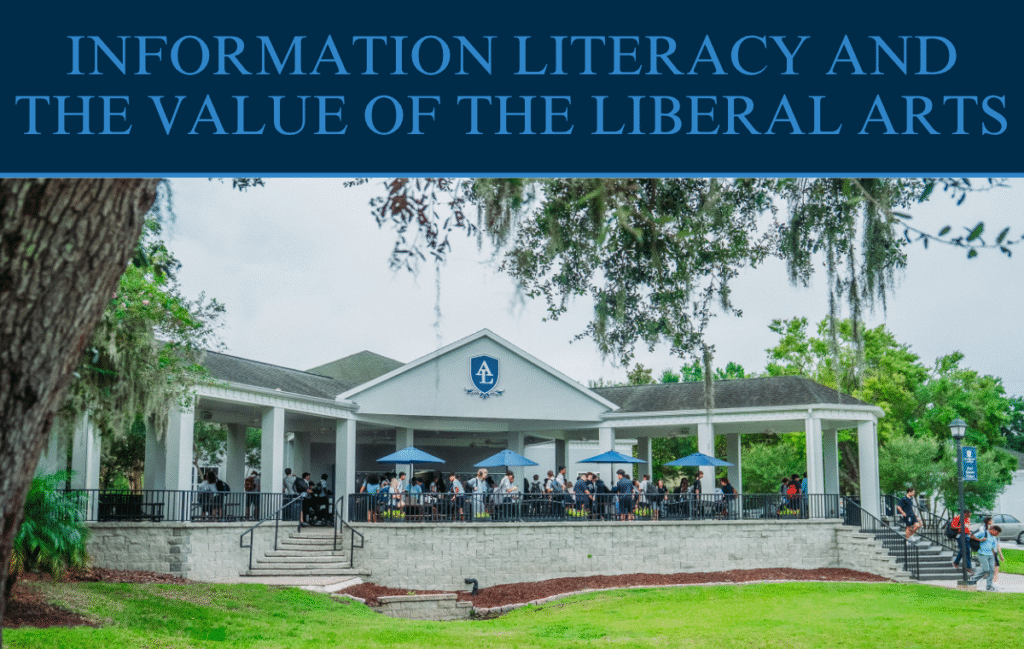Words by Brad Shellgren
Books are an essential part of the learning process at Academy at the Lakes. Through our readings, students are introduced to new ideas and perspectives. They are transported to unfamiliar places and time periods. Books open our students’ minds to new possibilities. Because books are so powerful, it is with careful consideration that Academy teachers select literature that will stimulate, educate and address themes that will make the learning experience a meaningful one. We thought it would be a good idea to turn to our amazing educators to discuss the most essential books that they teach and what makes those books so influential. Here is what they had to say!

Kim Vreeland – English Department Chair
One of my favorite books to teach that is important to student learning is To Kill a Mockingbird written by Harper Lee. While many know this iconic novel for its focus on racism, students learn that it’s also a story about how we treat the lonely, the misjudged, and the ostracized. As we move through the book, I see growth in student awareness; they begin to question their perception of the world around them and their, sometimes, narrow view of it. The story gives them pause; and they reflect on their own lives and how they are treated and how they treat others, especially those who are misunderstood. It’s a powerful experience!

Gale Shaeffer – UD English Teacher
The Catcher in the Rye written by JD Salinger is still mysterious even after its initial printing in 1951! Listed as a banned book when it first hit the public due to its language and subject matter, Catcher in the Rye shocked readers with its edgy 16-year-old protagonist who spoke his innermost thoughts without regard to societal expectations of propriety. It is the first novel ever to mark the teenage experience! And there is NO movie of this novel because the family holds onto its rights and respects Salinger’s need to be private. Like Harry Potter, Holden Caulfield lives a life outside the book and can be found as the subject of visual and graphic art online on many sites. Here we remember our own angst from years ago as well as share experiences with teens now! Here is where our celebration of adolescence begins!

Niyama Fulkroad- 7th Grade Humanities Teacher
Animal Farm written by George Orwell – is a fantastic vehicle for teaching students about the power that language holds, the importance of speaking up, and how we must study history in order to recognize patterns of behavior and hold our leaders accountable. The allegorical nature of Animal Farm makes it deceiving because it can be read as a simple story about farm animals, but upon deeper analysis it becomes understood as a powerful social commentary.

Rebecca Musco- UD English Teacher
Frankenstein written by Mary Shelley – I love teaching Frankenstein because it is a gothic novel that teaches suspense, characterization, and descriptive imagery in an accessible way. It is also a great book for teaching allusions because it is filled with allusions to Greek mythology, the Bible, and other famous novels. Students have some familiarity with the book prior to reading it but are often quite surprised at how different from their expectations the book is. Plus, Frankenstein is the first science fiction novel ever written, and it was written by an eighteen-year-old girl!

Kinjal Patel- 2nd Grade
The Legend of the Bluebonnet written by Tomie dePaola – This book is about a little girl who sacrifices her only memory of her family for her village people. She gave her everything. Students discuss what sacrifice is, what a community is, and what it means to do things for the greater good.

Steph Huff – 4th Grade
Hatchet written by Gary Paulsen – teaches the power of perseverance by overcoming the greatest of challenges. What makes teaching this book uniquely special is that we can then bring the book to life on our East Campus by reenacting specific scenes.

Kaatje Harrison – 6th Humanities
In Shipwreck at the Bottom of the World: The Extraordinary True Story of Shackleton
and the Endurance, author Jennifer Armstrong paints a compelling picture of a true
leader and a hero. A man so dedicated to his responsibility for his men, their well-
being, and their survival, that despite losing their ship to the vagaries of the Southern Ocean, every single crewmember escapes the clutches of Antarctica and survives. He shows leadership and heroism by unfailingly moving his crew to the goal of getting a rescue from a whaling station 800 (!) miles away. Shackleton is a model and a pillar of leadership we all can look up and aspire to; his is a truly inspiring story of overcoming seemingly insurmountable odds through faith, hope, and perseverance. It is an amazing and enjoyable read traveling to (and escaping from) this beautiful, yet hostile place with him.








